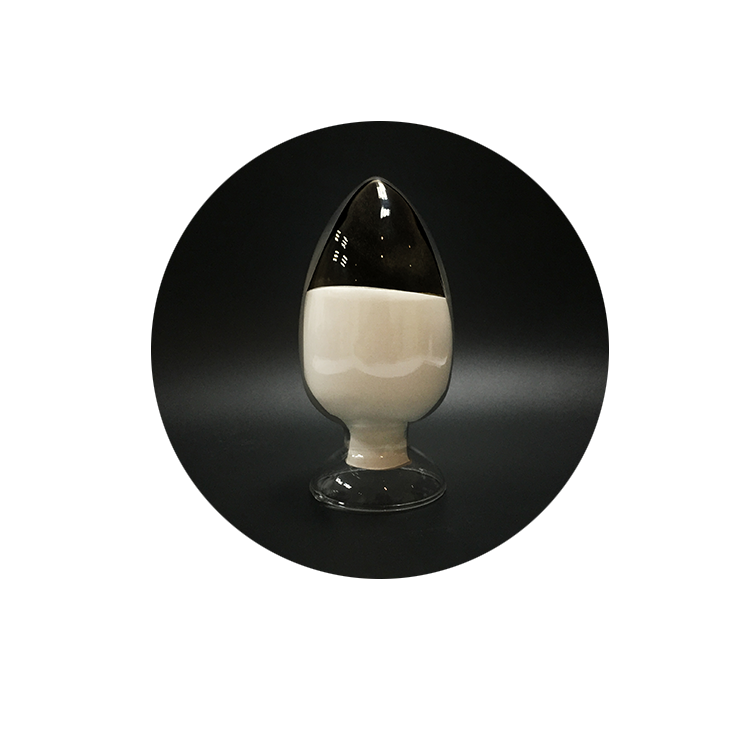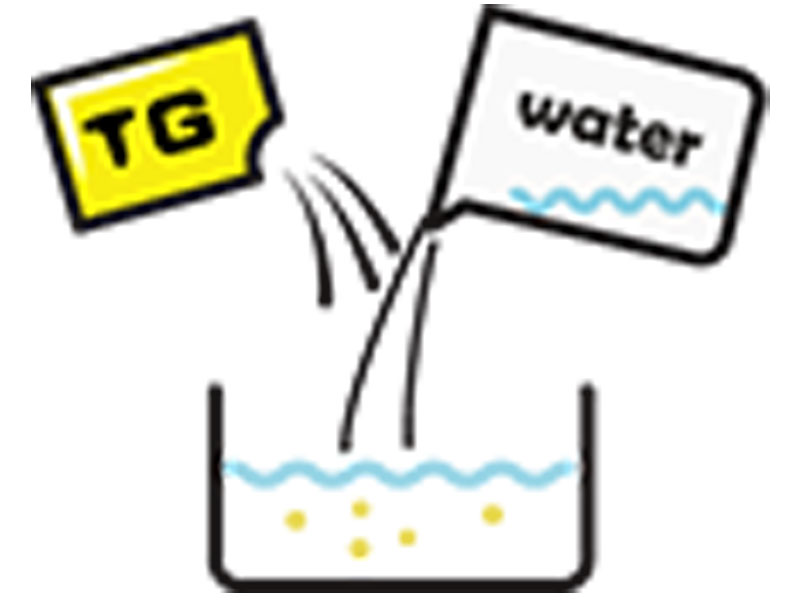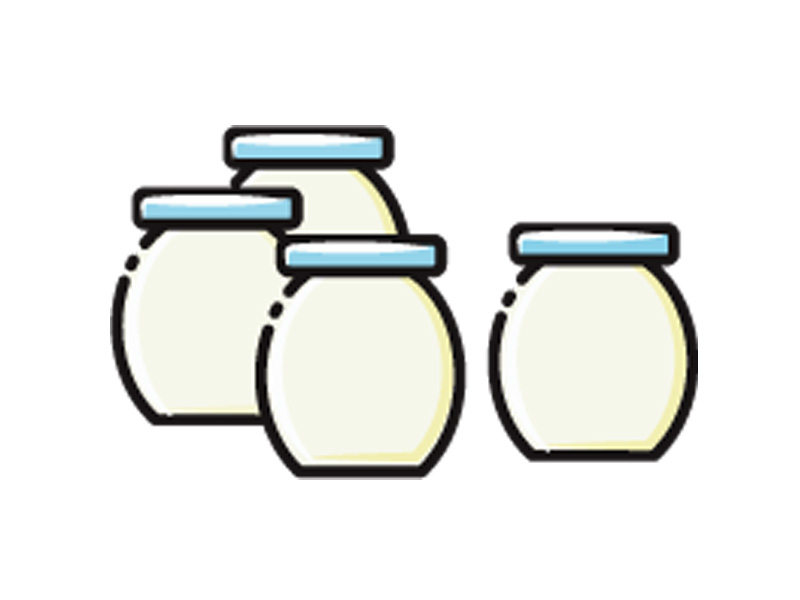Origin and Application of Xylanase Enzyme
Ⅰ. The source of xylanase enzyme
Xylanase enzyme is widely distributed in nature and can be obtained from animals, plants and microorganisms. For example, xylanase enzyme exists in marine and terrestrial bacteria, marine algae, fungi, yeasts, rumen and ruminant bacteria, snails, crustaceans, land plant tissues and various invertebrates.
Microbial xylanase enzyme is commonly found in nature, and there are many types and wide application fields. Therefore, there are many reports on the research of microbial enzyme xylanase. Recently, the most researched and applied xylanase enzyme are from bacteria and fungi. Among them, bacteria can produce alkaline and acid xylanase enzyme, while fungi can only produce alkaline xylanase enzyme. Among the fungi, filamentous fungi secrete the highest extracellular enzymes. At present, xylanase enzyme mainly uses microorganisms such as fungi and bacteria for fermentation production.
Ⅱ. The application of xylanase enzyme
1. Application in the paper industry
During the pulp cooking process, xylan is partially dissolved, denatured and redeposited on the fiber surface, causing the pulp matrix to block. And xylanase enzyme is a specific enzyme that degrades xylan, it only degrades xylan but not cellulose. If xylanase enzyme is used in this process, part of the redeposited xylan can be removed.
This not only increases the pores of the pulp matrix, releases the trapped soluble lignin, but also allows the chemical bleaching agent to penetrate into the pulp more effectively. In this way, the bleaching rate of pulp can be increased, the amount of chemical bleaching agent can be reduced, and the pollution to nature in the papermaking process can be reduced.
2. Application in brewing and feed industry
Xylanase enzyme can decompose the cell walls of raw materials and β-glucans in the brewing or feed industry, reduce the viscosity of the brewing materials, promote the release of effective substances, and reduce the non-starch polysaccharides in the feed grains, and promote the absorption of nutrients with easier access to soluble lipid components.
3. Application in the baking industry
Xylanase enzyme can act on the main chain of xylan in an endoscopic manner to produce xylo-oligosaccharides of different lengths and a small amount of xylose. It is the most important enzyme in the xylan degrading enzyme system.
Since xylanase enzyme can hydrolyze pentosans, increase the water solubility of non-starch polysaccharides, and reduce their binding power with water, a large amount of bound water can be released. This water can provide starch and gluten, make the dough form a better gluten network structure, and improve the mechanical processing performance of the dough and the quality of noodles.




